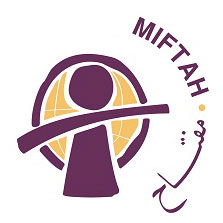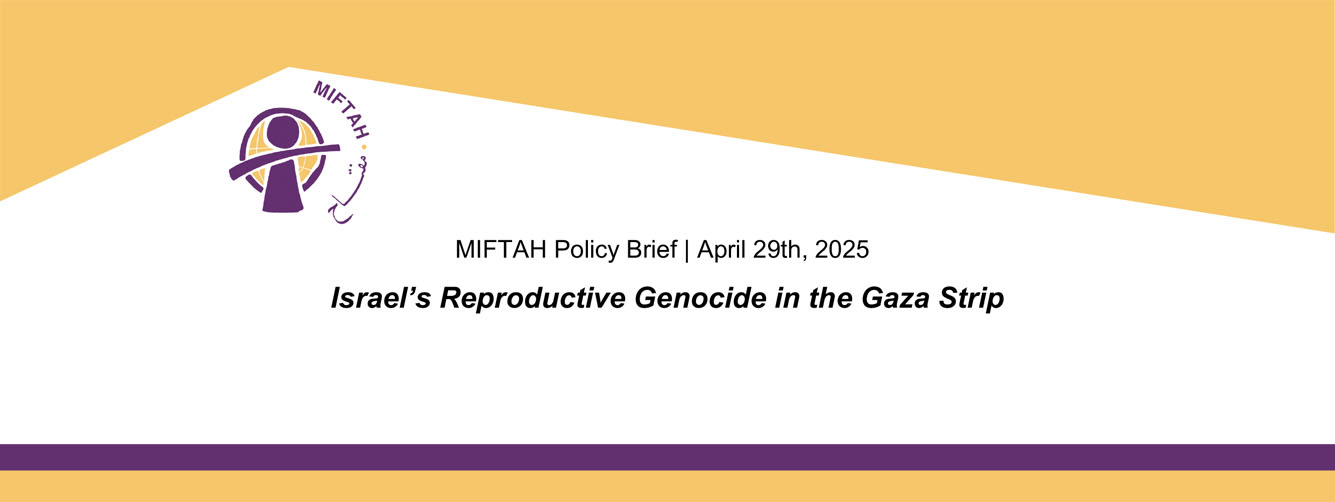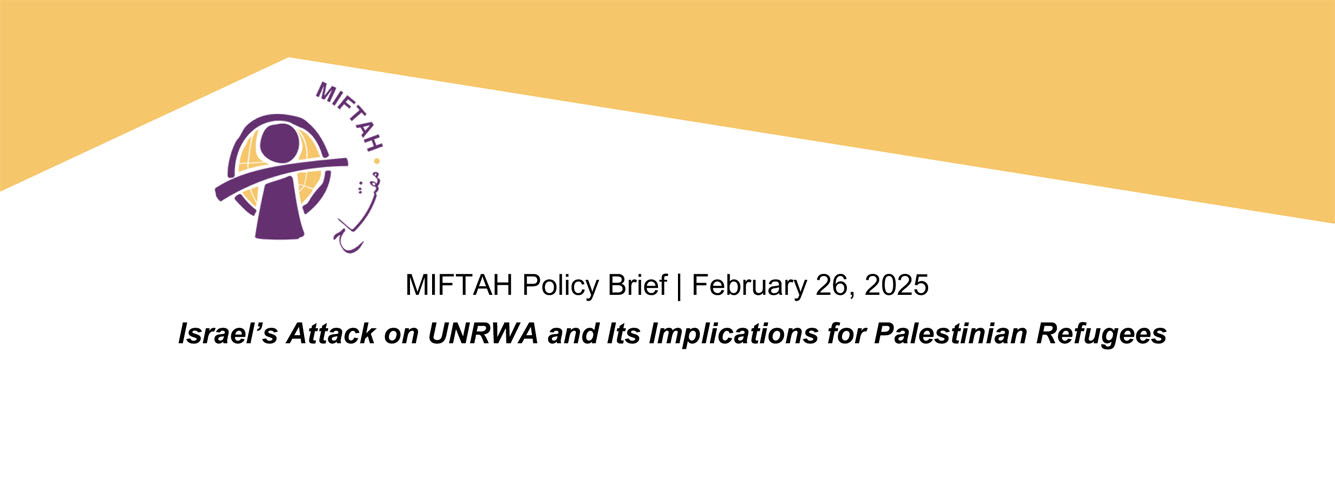fragmented structure and uneven distribution of services and human resources between providers characterizes the Palestinian healthcare system. These characteristics are causing low qual¬ity and high costs, generating ineq¬uities in access, conflicts among providers and patients, disparity of care, and promoting ethical dilemmas. To resolve those issues, the Ministry of Health (MOH) established “The Quality of Healthcare Unit” in 1994. This Unit was one of ten central units created by the MOH to develop plans for the purpose of sustaining and improving the existing healthcare system. Recommendations and suggestions were obtained from 150 health professionals. From 1996- 2000 the MOH launched the Quality Improvement Project (QIP).
History of Quality Improvement in Palestine
The first cycle of quality improvement under the QIP began in April 1996. Several training courses were conducted about principles of quality management, methods and tools of quality management, team skill development and measurement in healthcare quality. The courses were conducted by a group of international experts, including an expert from the Harvard Institute for International Development (HIID). This training was continuous and aimed at creating a team competent to lead the quality improvement effort.
The MOH decided to embark on quality improvement in defined sites – the Gaza and Nablus Governorates. At both sites, the work started with a sensitization stage on the scope of quality improvement the need and the opportunity for quality improvement, and what the work to be done would entail. Nearly all the staff at Rafidya Hospital and at Al - Naser Hospital participated in this sensitization initiative. In conjunction, aims for improvement were determined by surveying 20% of all staff and patients and their families. Quality Improvement Teams were formed including physicians, nurses, administrative and other support staff as necessary for the process improvements.
Challenges for the Next Cycle
The challenges that the QIP faced in the first cycle were common to such interventions. The challenges included resistance to change and difficulties in tackling the required cultural change. An important challenge was to select and train a team, capable of implementing the vision held by the initiators of the quality improvement effort. There was also the challenge of demonstrating success; this involved selecting processes where change is more likely to succeed and selecting processes, which are both important and manageable. There was the challenge to conduct this work in a politically and economically non-conducive environment caused by repeated closures and separation of the West Bank and Gaza Governorates. It proved to be an extremely difficult task to function between the different Governorates as a unified team under these circumstances.
In April 1997, a second cycle of improvement was initiated in the West Bank and Gaza Strip taking into consideration the previous challenges. This cycle involved the training of some 170 professionals. There was a large increase in improvement projects which necessitated the introduction of a special system. In addition, it became important to delegate the leadership of improvement projects to professionals from the participating organizations. Many quality improvement processes were selected to be carried out in the West Bank and Gaza including:
- Reducing patient waiting time and harmonizing service
- providing mechanisms
- Improving mechanism of health education
- Reducing waiting time to get an appointment
- Organizing the movement of patient files
- Reducing patient waiting time and improving self-care for diabetic patients
- Improving aseptic techniques
- Enhancing the system of in-service education
- Reducing the percentage of respiratory complications for in-patients
- Enhancing the mechanism for maintaining medical equipment In the Gaza Strip, the following improvement processes were selected:
- Infection control before and during surgery
- Rationalizing the use of lab tests
- Reducing the time patients spend under photo-therapy
- Reducing the percentage of repeated X-rays
- Reducing the level of crowding
- Rationalizing patients’ admission from the reception to departments
- Infection control associated with surgical endoscopes and anesthesia equipment
- Improving the efficiency of the medical morning round of doctors
A Shift towards Systems
The accomplishment of the cycles of improvement proved that the QIP had to change its method in implementing quality improvement. Instead of concentrating on improving processes of work, attention was shifted towards developing national systems of work. This shift was necessary because the sustainability of many of the processes was threat ened as they were not considered to be part of the organizational system. To overcome this threat, the QIP decided with full coordination with the MOH to concentrate the efforts on developing systems of work rather than improving processes. It was decided to embark on developing national systems for:
- infection control
- usage of X-rays
- management information system
- nutrition
- promotion, education, and communication
- diabetic care
Establishing Quality Standards for Primary Healthcare
During 2000-2004, healthcare quality improvement witnessed an important shift in the work of the QIP. Standardization of the working practices was an important issue for
the MOH especially at the primary healthcare level. The MOH established the Chronic Disease Committee which followed the WHO classifications and identified 10 chronic diseases as priority. Ten teams were formed in the West Bank and Gaza; these teams developed guidelines for the following:
- COPD
- lianemia
- chronic ischemic heart diseases
- chronic renal diseases
- diabetes
- hepatitis
- hypertension
- asthma
- arthritis
- peptic ulcer
As an example, the diabetes guideline was initiated by establishing the following support systems:
- The QIP developed a new file for the diabetic patient and distributed it to clinics in the West Bank and Gaza Strip.
- Six clinics in Gaza and 7 in the West Bank were surveyed to provide the the needed data for the installation of an appointment system in the diabetes clinics.
- Computers and printers were purchased for a number of clinics in Gaza and West Bank taking into consideration that these will be used for other chronic disease data and not just for diabetes.
- The registered diabetes patients satisfaction and waiting time was measured by conducting a satisfaction and a waiting time study.
- A manual appointment system was piloted in Rimal Clinic followed by a computerized system.
- A computerized registration system was developed for diabetes and hypertension patients.10photo: UNFPA/St eve Sabella"The Palestinian public has high expectations.
- Improving the infrastructure of the health institutions was the basic, popular demand." August-September 2005 bridges Health education materials on diabetes and hypertension were produced, designed and printed.
Lessons Learned from the Journey of Quality Improvement in Palestine (1996-2004)
The turbulent environment and continuous closures delayed many of the planned activities.
QIP was threatened by internal organizational problems and difficulties. Rafidya Hospital is an example where the quality improvement work stopped as a result of a nurses’ strike.
There was a lack of monitoring and follow-up systems. Some of the improvement processes collapsed over time. The absence of a supportive managerial system and leadership committed to the principles and methodology of quality improvement made it difficult to change current health institutions and adopt a continuous improvement philosophy.
Quality improvement faced resistance from some health personnel, especially physicians, who were not convinced of the quality improvement work and treated this work as an extra burden imposed upon them. The QIP managed this resistance by involving those physicians.
The current centralized organizational structure made it difficult to implement and sustain quality improvement work.
The health personnel were not satisfied with their jobs. They complained of low salaries, lack of resources, and inadequate incentives.
Quality improvement in Palestine is possible and is potentially successful considering the current professional and technical perspectives.
Consumer (internal and external) views about the health services is very important to consider when improving the health sector
Teamwork approach has been successful in the project. The team leader’s role as facilitator and member of the team following a pre-established plan has been a key to the success of the team.
It is necessary to spread the quality improvement principles throughout every health organization and to increase awareness of the mechanisms of quality improvement activities.
The continuous follow-up of the development work in healthcare organizations is necessary and should be done by the team leader in conjunction with the MOH working together to review the achievements of the quality initiatives.
Financial support for the quality improvement efforts is an important factor. The financial capability and independence of the project continued to be one of its most positive features.
The committed leadership of the MOH to quality improvement remained one of the major strengths of the healthcare sector.
The inequity in the distribution of the QIP team between Gaza and the West Bank was expected to be a weakness threatening the implementation of quality improvement in the Palestinian healthcare sector. This issue of inequity had a negative influence on the later stages of the project. The QIP however tried to overcome this difficulty by using all possible and available communication channels. The involvement of the West Bank health personnel teams in nearly all quality improvement activities such as the development of the chronic disease guidelines is a strong example of the QIP efforts.
The Palestinian public has high expectations. Improving the infrastructure of the health institutions was the basic, popular demand. The Palestinian public was impatient for results putting the QIP under great pressure.
The political environment did not allow the MOH to develop, implement, and enforce regulations relevant to quality improvement. According to the Palestinian situation, regulations should be passed through the Palestinian Legislative Council but this Council is at the present time concerned with dealing with political rather than health issues.
Future Plans
The long journey of quality improvement in Palestine was supposed to implement the strategic plan that was drafted in 1994-1995. There is a need at the current stage to revisit the strategic plan and examine whether the progress that was made during the previous years was in accordance to the planned goals, objectives and strategies. Furthermore, the planned objectives and strategies need to be examined to find out if they are still valid or certain modifications are needed.
Nihaya El Tilbani is Assistant Professor at Al Azhar University, Gaza, teaching business administration. She has a BA from Sheffield Hallam University in England and an MA in Human Resource Management from the same University. She also has a PhD in Health Care Quality Management. She worked in the Palestinian Ministry of Health from 1994-2004 in the Quality Improvement Project (QIP).
A Brief Background
In 1994 and upon signing of the Oslo accords, the Palestinian National Authority assumed responsibility over the healthcare system in the West Bank and Gaza. Challenges faced by the new developing system were many and basically reflected the neglect in development of infrastructure and resources in healthcare during the period of occupation.
- The Palestinian community represents those in epidemiological transition, where there is a significant burden of infectious diseases affecting the population, in addition to the steady increase in the incidence and prevalence of chronic non-communicable diseases.
- During the period of occupation, services focused on secondary care leaving remote rural areas severely deprived of basic primary healthcare services with an exception of vaccination programs.
- The Palestinian non-governmental organizations filled the gap in services in remote areas and formed a significant part of primary healthcare providers.
- Quality of care with regard to outcome and appropriate use of resources became another challenge to overcome.
- Political instability resulted in new burdens on the system with a massive need for secondary and tertiary services.






